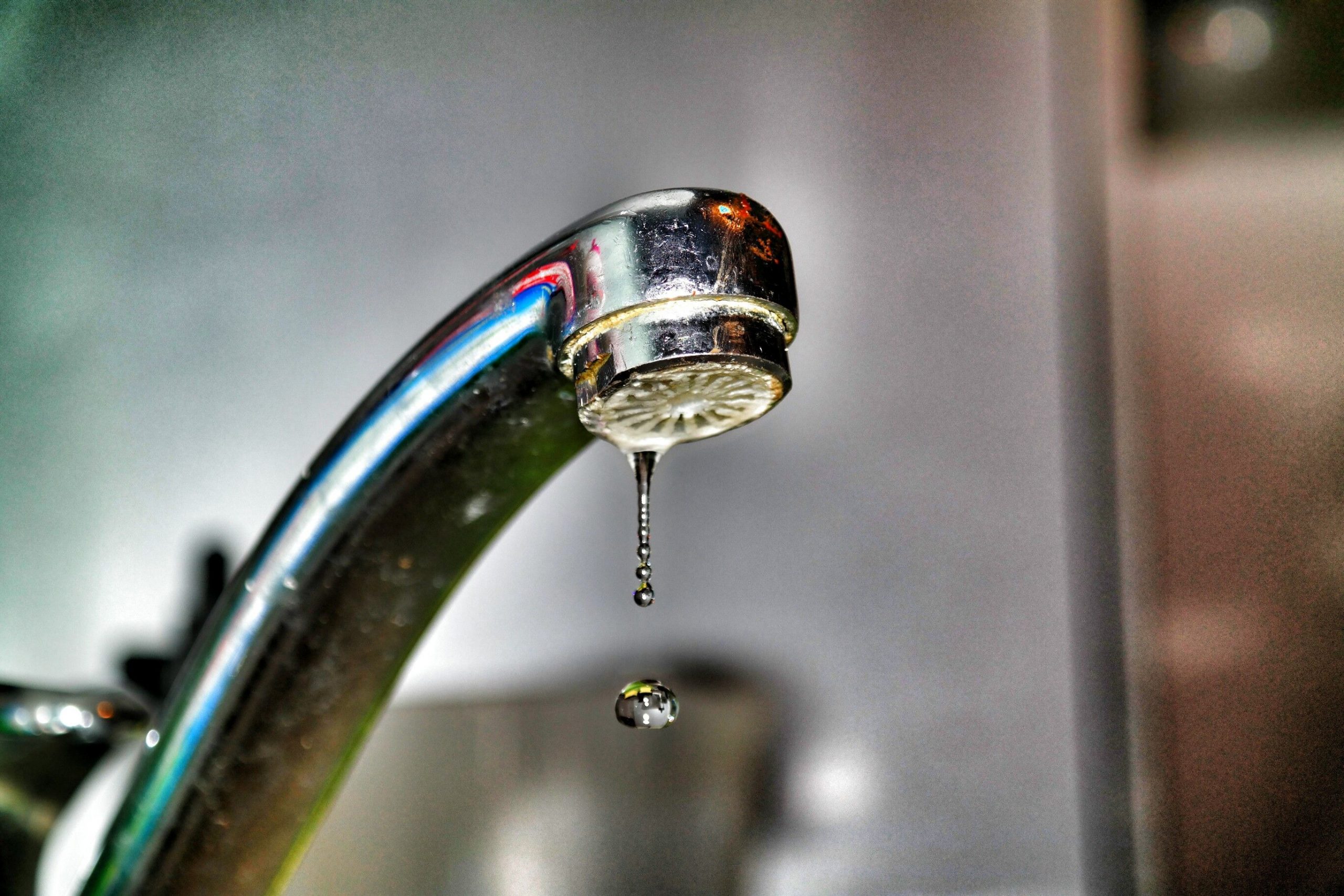Diagnosing the Leak: Brizo Bathroom Faucet Leaking

Pinpointing the source of a Brizo bathroom faucet leak is crucial for effective repair. A thorough visual inspection can help identify the problem area, guiding you towards the appropriate solution.
Tools and Equipment
A visual inspection of your Brizo bathroom faucet requires minimal tools and equipment. You’ll need a flashlight to illuminate hard-to-see areas, a pair of pliers for tightening loose parts, and a screwdriver for removing screws or adjusting components.
Common Leak Symptoms and Potential Causes, Brizo bathroom faucet leaking
Understanding common leak symptoms and their potential causes can help you diagnose the issue accurately. The following table Artikels some common leak scenarios and their possible origins:
| Leak Symptom | Potential Cause |
|---|---|
| Dripping from the spout when the faucet is off | Worn-out O-rings, faulty cartridge, or a loose packing nut. |
| Leaking from the base of the faucet | Loose or damaged O-rings, worn-out washers, or a cracked faucet body. |
| Leaking from the handle | Worn-out O-rings, a damaged stem, or a loose handle screw. |
| Water spraying out from the sides of the faucet | A cracked or broken faucet body, loose or damaged O-rings, or a worn-out cartridge. |
Troubleshooting Common Brizo Bathroom Faucet Issues

Beyond diagnosing a Brizo bathroom faucet leak, it’s important to understand the common issues that can lead to such problems. This knowledge can help you prevent leaks from happening in the first place or assist you in resolving them quickly and efficiently.
Common Brizo Bathroom Faucet Issues and Troubleshooting Steps
Understanding the common issues and troubleshooting steps for Brizo bathroom faucets can save you time and frustration. Here’s a table that categorizes common problems and provides practical solutions:
| Issue | Troubleshooting Steps |
|---|---|
| Leaking from the spout |
|
| Leaking from the handle |
|
| Low water pressure |
|
| Faucet handle won’t turn |
|
Common User Errors and Solutions
Many Brizo faucet issues stem from simple user errors. Here are some common mistakes and their solutions:
- Overtightening: Overtightening faucet parts can damage them, leading to leaks. Always tighten parts to a snug fit, not excessively tight.
- Incorrect Installation: Improper installation can cause leaks and other issues. Consult the manufacturer’s instructions for proper installation procedures.
- Using the wrong tools: Using the wrong tools can damage faucet parts. Use the tools recommended by the manufacturer for each specific task.
